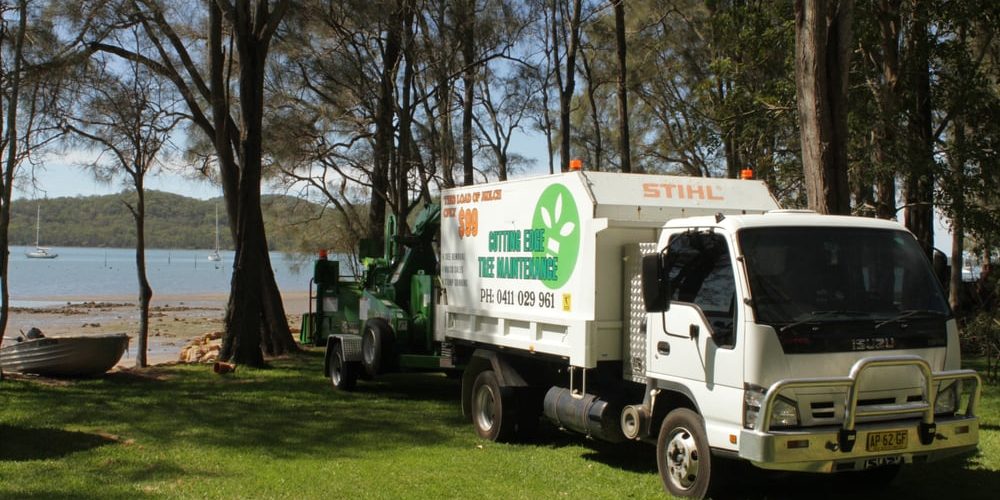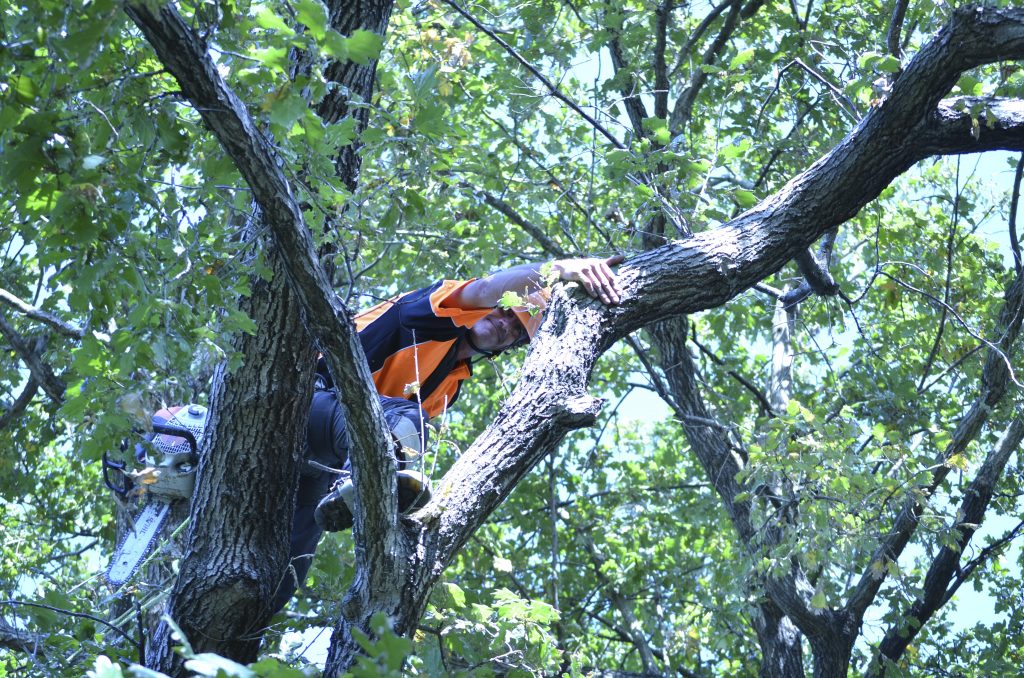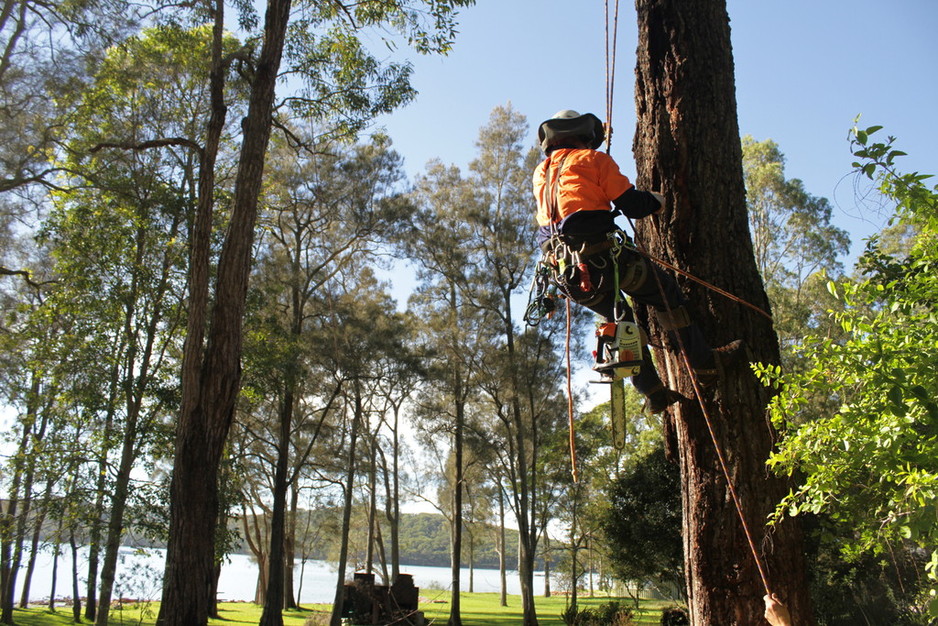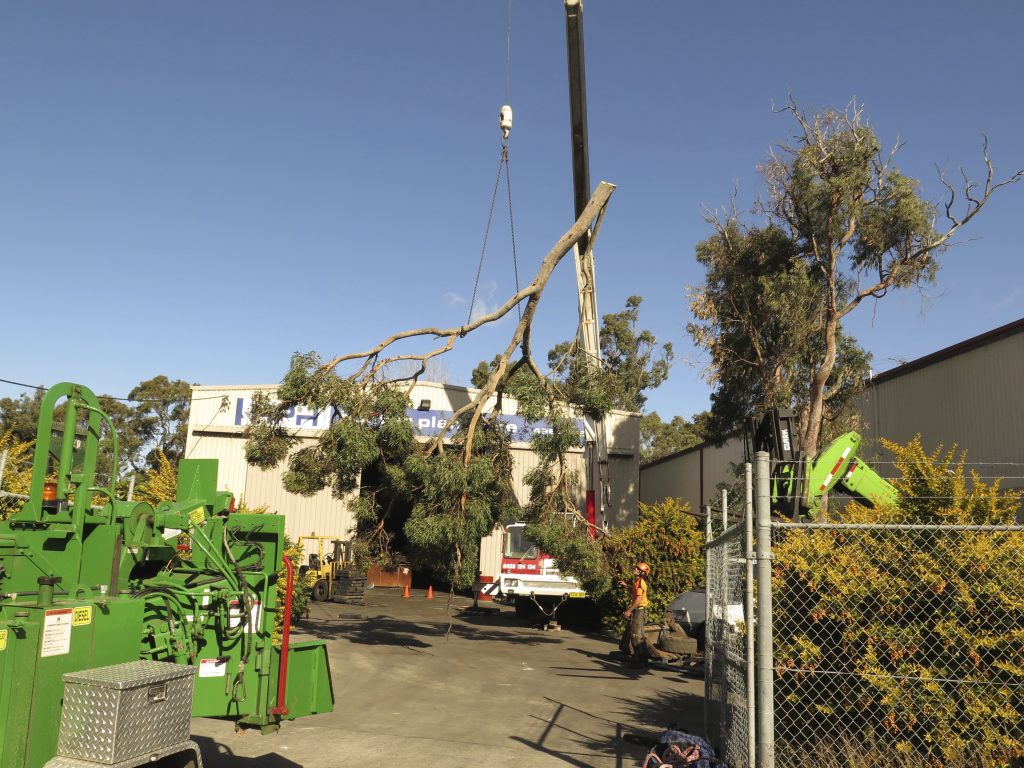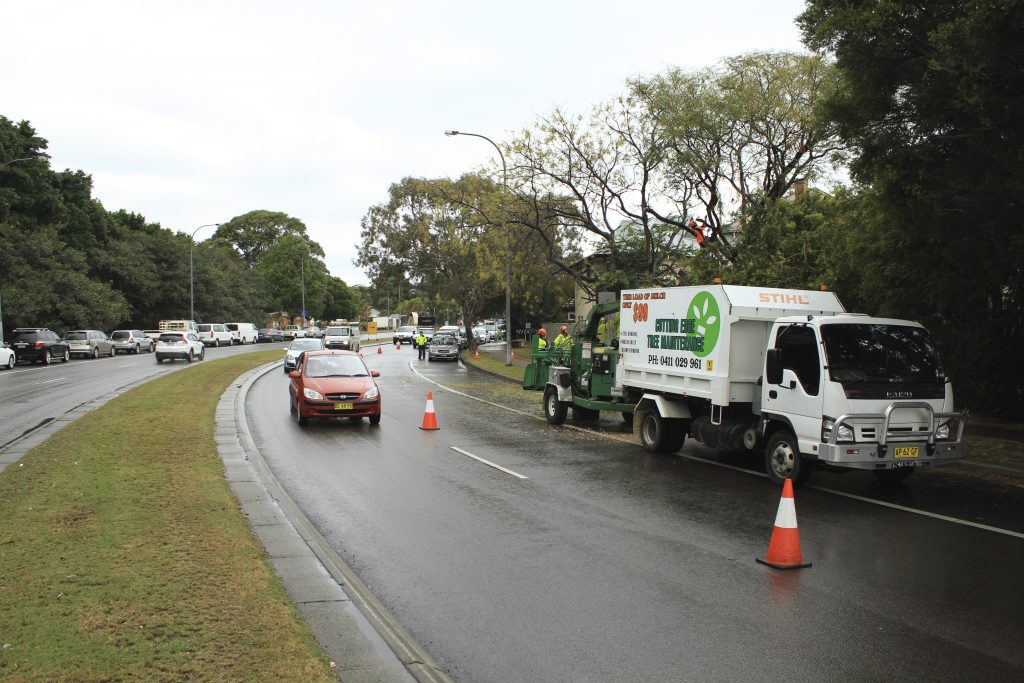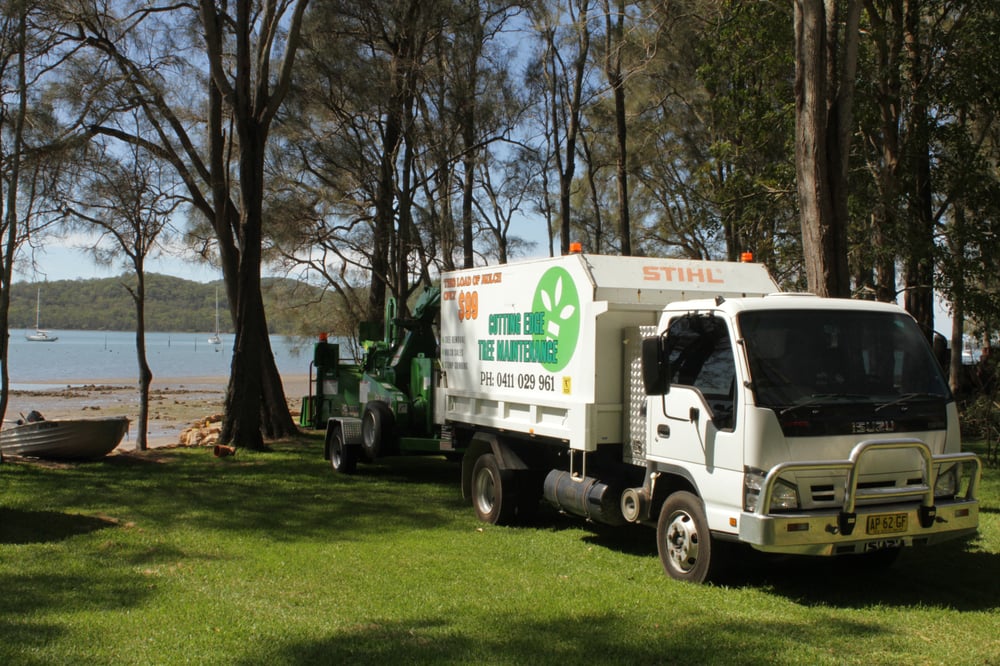What are some reasons why you may wish to remove a tree?
Now more than ever, people are becoming more environmentally conscious, with most seeing the wisdom in making eco-friendly lifestyle decisions. So, you may wonder: why would anyone want to remove a tree from their property? There are still very valid reasons why you may make such a decision:
- The tree is dead
- The tree will soon die
- The tree was damaged beyond repair in a storm
- The tree is growing too close to buildings and poses a health and safety hazard to the occupants
- There are internal structural issues with the tree such as termite damage or rot
- The tree has “a bad crotch” – meaning that early in its growth, the tree branched at a very tight angle, almost as if it has two trunks. When this happens, the tree envelopes bark between the two branches, and over time, the tree can effectively split in two. This poses a safety hazard.
- Too many trees are concentrated in a small space, to their own detriment as they battle for limited resources
- The tree is an introduced species that poses a risk to neighbouring native trees and/or wildlife
Sometimes, there is no alternative but to chop a tree down, but doing so comes with obvious health and safety risks.
How can you cut a tree down safely?
As a general rule: If you have a tree that is taller than you; call a professional to cut it down. Your average DIY homeowner won’t be able to do it safely. If you do decide to cut a tree down though, there are some important safety protocols you’ll want to follow:
- Make sure there are no cables or other services in the near vicinity that the falling tree could damage.
- Carry out a risk assessment, which means sitting down and listing all hazards that could arise. Then adjust your work method to eliminate the hazard before you start.
- Be prepared with all the necessary PPE (protective personal equipment). This includes gloves, eye protection, steel toe boots, etc.
Aside from safety, it’s crucial to make sure that the tree is not protected by law. Cutting down protected trees can result in heavy fines.
When can you legally remove a tree from your Newcastle property?
The Newcastle council doesn’t take tree removal lightly, as you’ll see in the Newcastle Urban Forest Technical Manual, which you can download here. Usually a permit is required before you can fell a tree on your property. Although there are instances where you can cut a tree down without a permit, doing so is still conditional. Here are some examples where a permit is not needed:
- Scenario 1: The tree is less than 3 meters tall.
- Condition: The tree cannot be part of a ‘native vegetation community’.
- Scenario 2: The tree poses an immediate risk to life or property, and it’s too dangerous, and therefore urgent, to apply and wait for council approvals.
- Condition: You must complete a ‘storm damage tree removal report’ including clear and relevant photos proving that the tree was suddenly damaged, which you will need to keep on file for 2 years.
- Scenario 3: The tree is dying or dead.
- Condition: It is not required as a habitat for native animals, it is not heritage listed, and an arborist has confirmed, in writing, that it is, in fact, dead or dying.
So when can you legally remove a tree in Newcastle? Firstly, when you have done the research and are 100% confident that your planned tree removal is compliant. Or secondly, when you’ve called an arborist and he’s given you the green light to proceed along with any documentation you need to fill.
How To Remove A Tree In Newcastle
So, you’ve decided that the tree needs to go, and have confirmed that it’s not protected by law. What are the primary considerations for botanists when performing tree removal in Newcastle?
- Thorough investigation and planning: Measure the height of the tree to determine the area around the tree you’ll need to clear has a fall path. If the tree is leaning heavily in one direction, a complete 360-degree radius may not be necessary, provided external factors such as wind and slope have been considered. If it is leaning towards a structure or a road, then there’ll be a whole lot more investigation and planning involved. It may be necessary to plan extensive pruning of the branches before attacking the trunk. It’s also important to check the tree for disease, as this will determine your cutting method. When a tree is diseased, or infested with termites, it’s fall path becomes less predictable, and the actual cutting method may be more technical.
- Job hazard analysis: So, you’ve made your investigation and you’ve come up with a plan. Now is the time for a detailed hazard analysis. The main goal is to identify all potential risks, no matter how small, and eliminate them. If there’s absolutely no way to eliminate the hazard, mitigate it. For example, an arborist may work from the ground wherever possible to eliminate the risk of falling from heights. Of course, there are many situations where it’s impossible to eliminate climbing, in which case, the goal is to mitigate the risks.
- Cutting: There are too many different cutting techniques to describe in this brief article, but suffice it to say, it is vital to choose the correct cut for the job. The cutting method can be quite simple when you are following the natural fall path of the tree (the direction it leans in), but it gets more technical when you want to manipulate the direction of the fall path. A technical cut often involves initial planned incisions to the back of the tree (the side opposite the fall path), and the use of wedges to control the fall direction. The article 6 steps to successful tree felling on the husqvarna.com.za website offers more technical information on the “how-to” of actual tree cutting.
Why call an arborist for your tree felling project?
Be cautious when you Google the plethora of DIY websites out there. Many take a cowboy approach to safety and best practice, so make sure any technical advice you follow comes from a qualified arborist. There are a number of reasons why you may choose to remove a tree from your property, and there are multiple decisions to make along the way, including legal, safety, and technical ones.
If you’ve decided that a tree on your Newcastle property needs to go, give Cutting Edge Tree Maintenance a call for a free consultation, and move forward with confidence.
Cutting Edge Tree Maintenance
Address: 42 Wakal St, Charlestown NSW 2290, Australia
Phone: (02) 4003 4400
Website: https://newcastletreeandstumpremoval.com.au/
Check out our guide on “How To Trim A Tree Branch” for more expert arborist tips.

